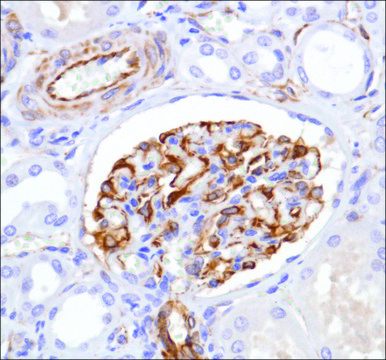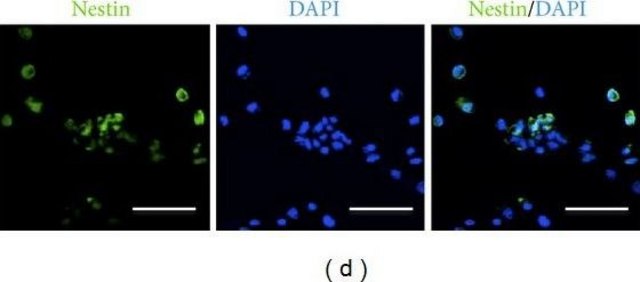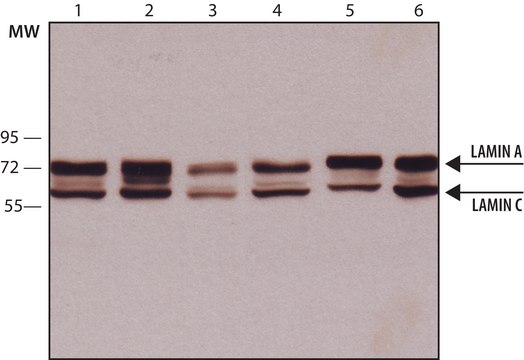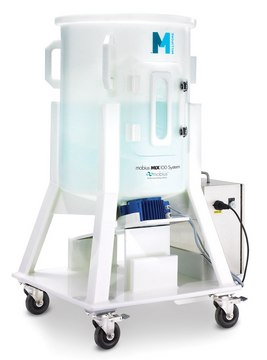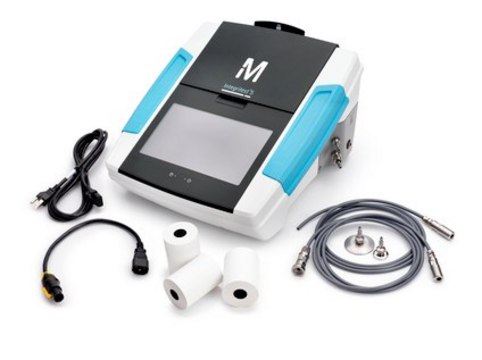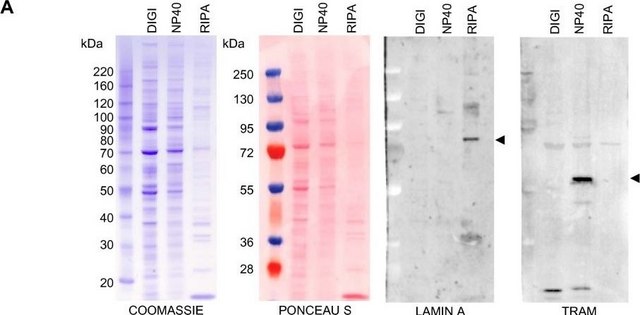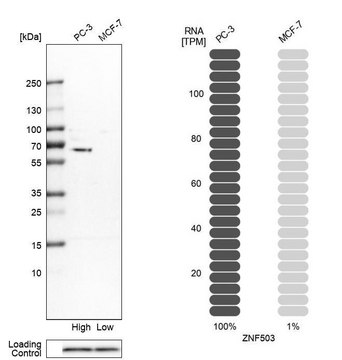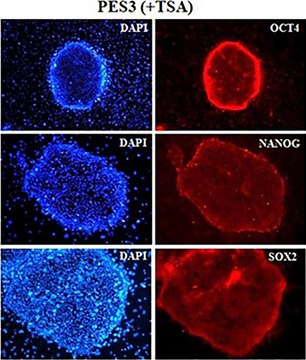MABT545
Anti-Lamin A and C Antibody, clone 2F4.1
clone 2F4.1, from mouse
Sign Into View Organizational & Contract Pricing
All Photos(3)
Synonym(s):
LMNA
UNSPSC Code:
12352203
eCl@ss:
32160702
NACRES:
NA.41
Recommended Products
biological source
mouse
antibody form
purified immunoglobulin
antibody product type
primary antibodies
clone
2F4.1, monoclonal
species reactivity
human, rat
packaging
antibody small pack of 25 μg
technique(s)
immunohistochemistry: suitable (paraffin)
western blot: suitable
isotype
IgG1κ
NCBI accession no.
UniProt accession no.
target post-translational modification
unmodified
General description
Lamin A/C (UniProt: P48679; also known as LMNA) is encoded by the Lmna (also known as Lmn1) gene in rat. Lamins are components of the nuclear lamina that provide a framework for the nuclear envelope and may also interact with chromatin. Lamin A and C are present in equal amounts in the lamina of mammals. Plays an important role in nuclear assembly, chromatin organization, nuclear membrane and telomere dynamics. Lamin A is initially synthesized as prelamin A that undergoes several modifications in the carboxyl terminal region that allow incorporation of prelamin A into the nuclear envelope and its subsequent processing into the mature lamin A. Cleavage of 15 residues (aa 647-662) by ZMPSTE24/FACE1 generates the final protein product. Unlike mature lamin A, prelamin A accumulates as discrete and localized foci at the nuclear periphery. Prelamin-A/C can accelerate smooth muscle cell senescence. It can act to disrupt mitosis and induce DNA damage in vascular smooth muscle cells (VSMCs), leading to mitotic failure, genomic instability, and premature senescence. Mutations in LMNA gene are known to cause Emery-Dreifuss muscular dystrophy that is characterized by weakness and atrophy of muscle without involvement of the nervous system. Some mutations have also been linked to familial type of lipodystrophy characterized by the loss of subcutaneous adipose tissue in the lower parts of the body. (Ref.: Casasola, A., et al. (2016). Nucleus 7(1); 84-102).
Specificity
Clone 2F4.1 detects Lamin A/C in human and rat tissues. It targets an epitope within 148 amino acids from the internal region.
Immunogen
GST/His-tagged recombinant fragment corresponding to 148 amino acids from the internal region of rat Lamin A/C.
Application
Anti-Lamin A and C, clone 2F4.1, Cat. No. MABT545,is a mouse monoclonal antibody that detects Lamin A/C and has been tested for use in Immunohistochemistry (Paraffin) and Western Blotting.
Immunohistochemistry (Paraffin) Analysis: A 1:50-250 dilution from a representative lot detected Lamin A and C in rat cerebral cortex, rat hippocampus, rat cerebellum, and human liver tissue sections.
Research Category
Cell Structure
Cell Structure
Quality
Evaluated by Western Blotting in WI-38 cell lysate.
Western Blotting Analysis: 0.5 µg/mL of this antibody detected Lamin A and C in WI-38 cell lysate.
Western Blotting Analysis: 0.5 µg/mL of this antibody detected Lamin A and C in WI-38 cell lysate.
Target description
~74/65 kDa observed. Uncharacterized bands may be observed in some lysate(s).
Physical form
Format: Purified
Protein G purified
Purified mouse monoclonal antibody IgG1 in buffer containing 0.1 M Tris-Glycine (pH 7.4), 150 mM NaCl with 0.05% sodium azide.
Storage and Stability
Stable for 1 year at 2-8°C from date of receipt.
Other Notes
Concentration: Please refer to lot specific datasheet.
Disclaimer
Unless otherwise stated in our catalog or other company documentation accompanying the product(s), our products are intended for research use only and are not to be used for any other purpose, which includes but is not limited to, unauthorized commercial uses, in vitro diagnostic uses, ex vivo or in vivo therapeutic uses or any type of consumption or application to humans or animals.
WGK
WGK 1
Certificates of Analysis (COA)
Search for Certificates of Analysis (COA) by entering the products Lot/Batch Number. Lot and Batch Numbers can be found on a product’s label following the words ‘Lot’ or ‘Batch’.
Already Own This Product?
Find documentation for the products that you have recently purchased in the Document Library.
Our team of scientists has experience in all areas of research including Life Science, Material Science, Chemical Synthesis, Chromatography, Analytical and many others.
Contact Technical Service